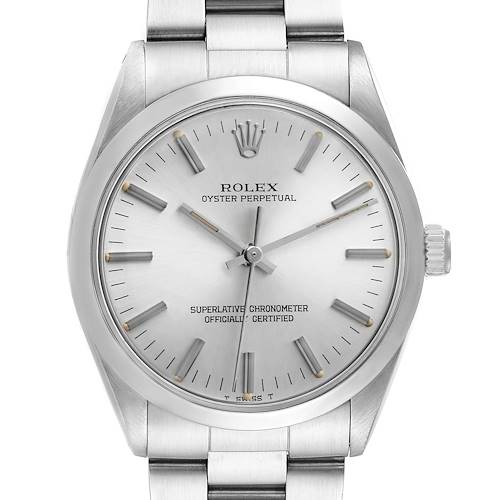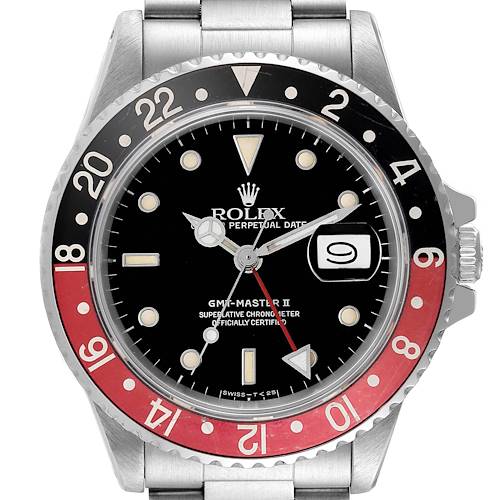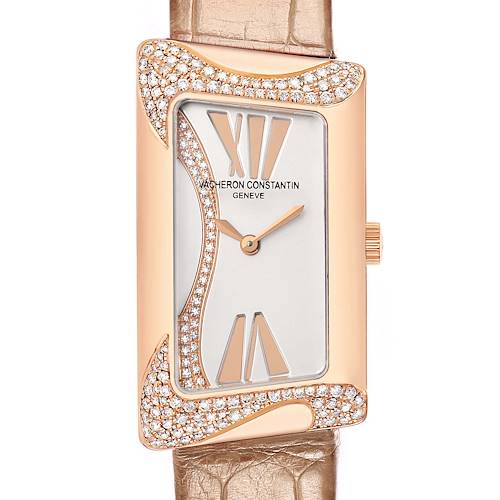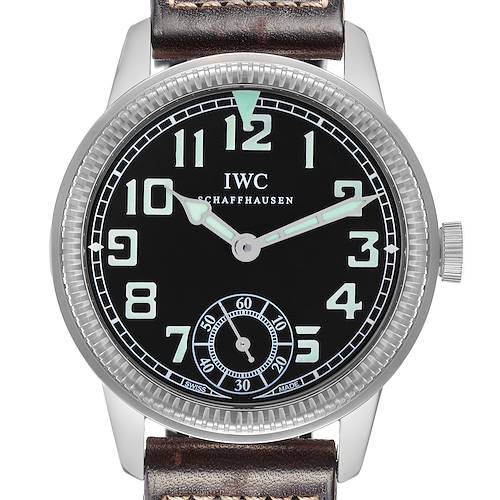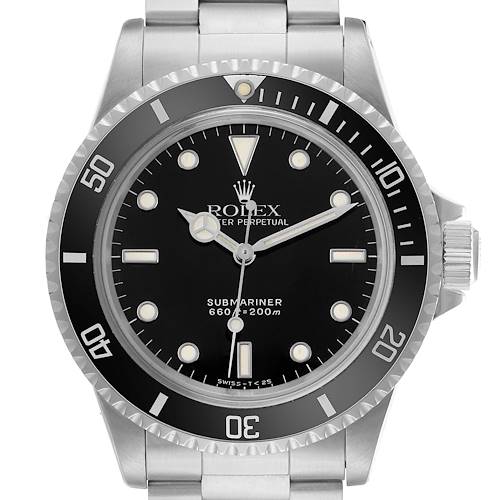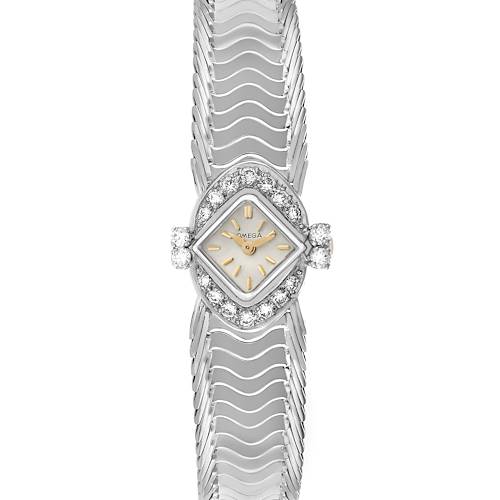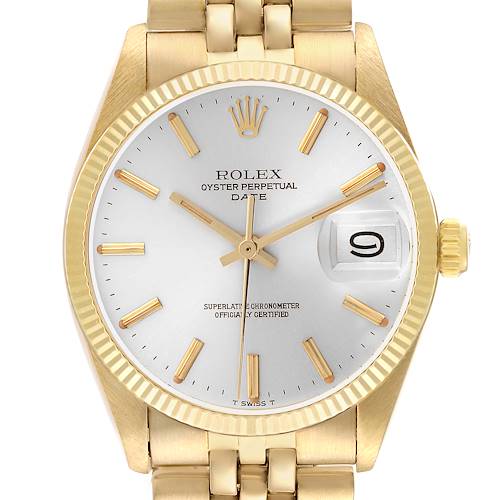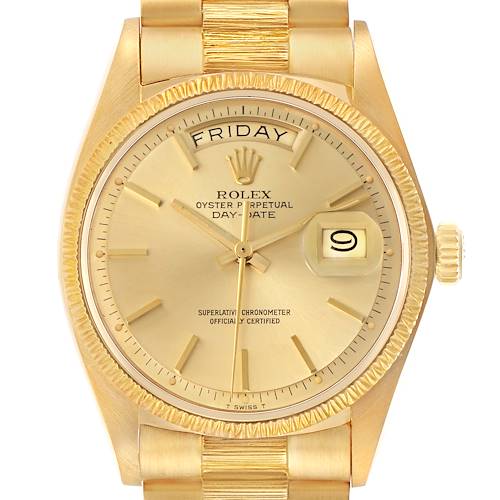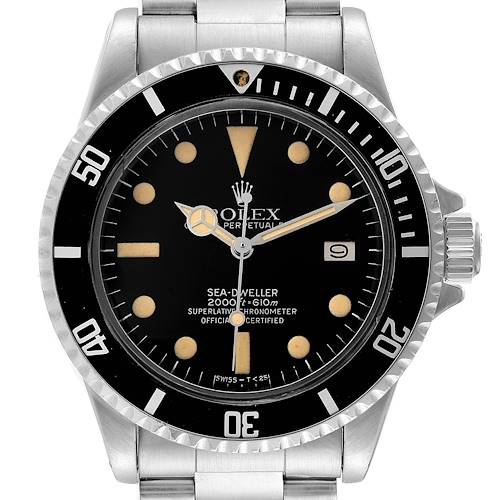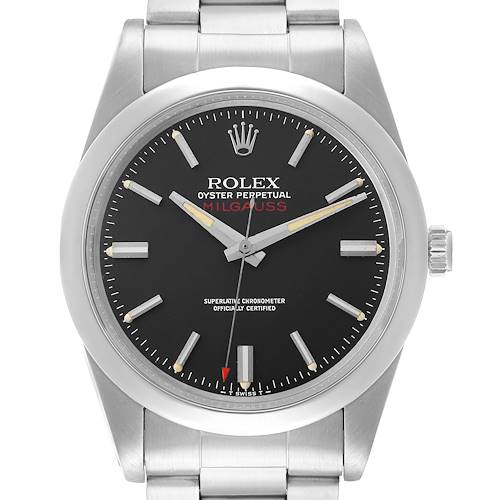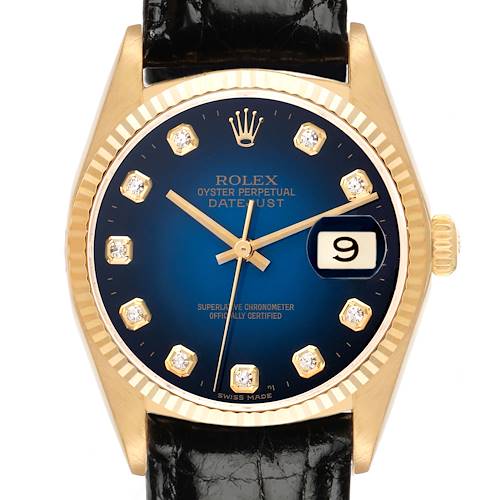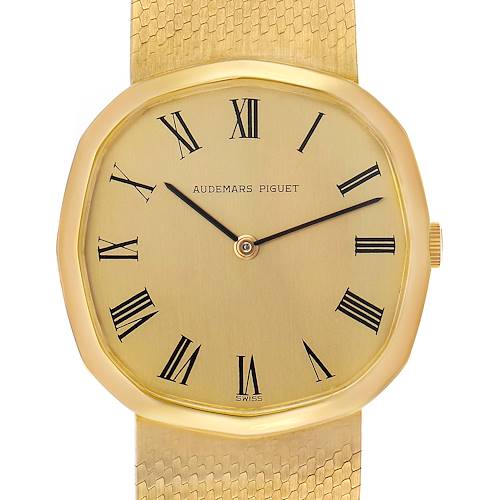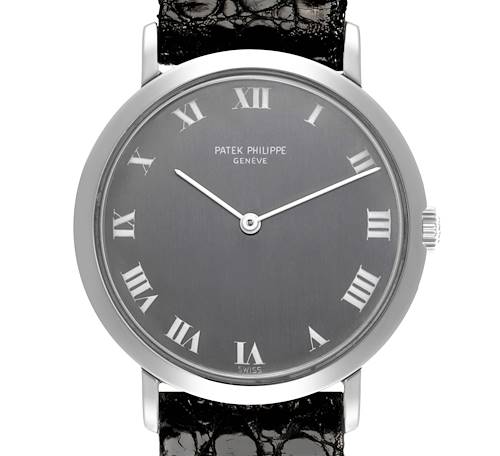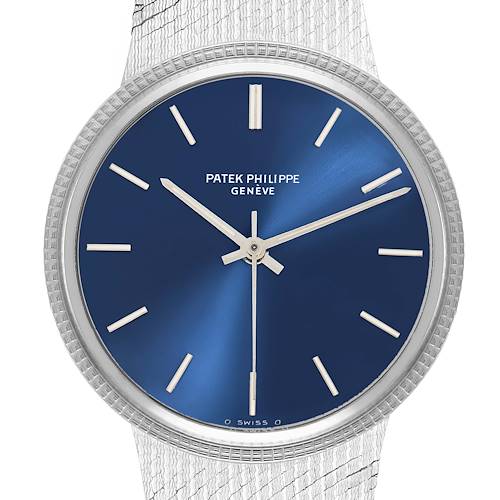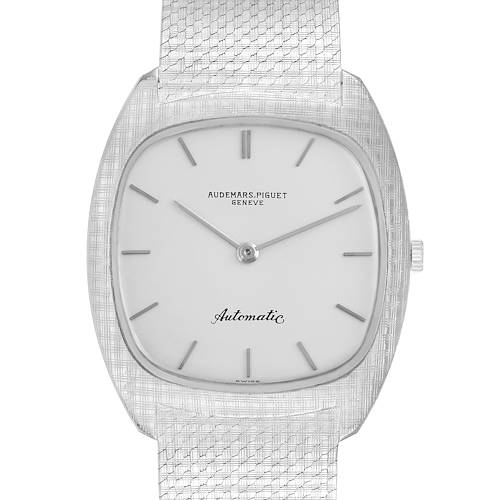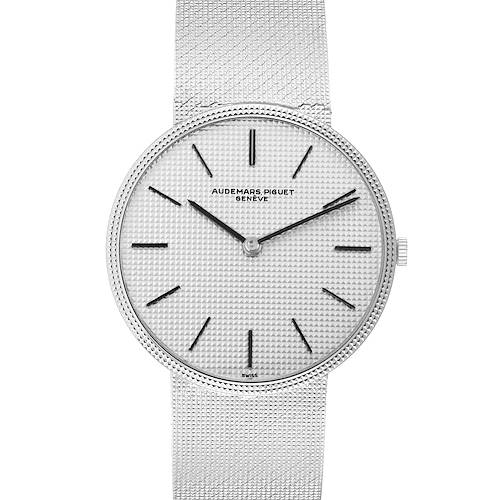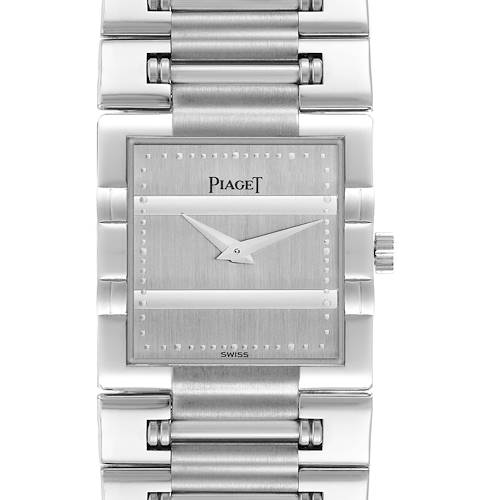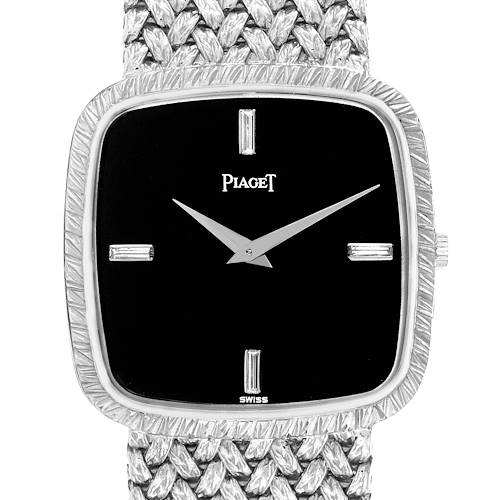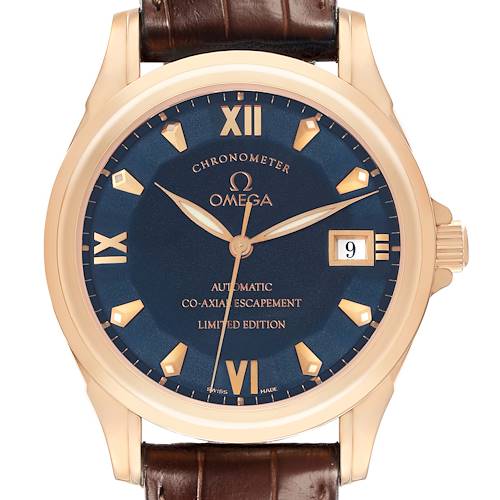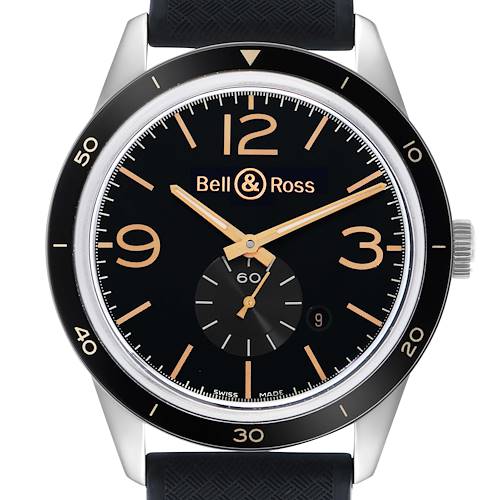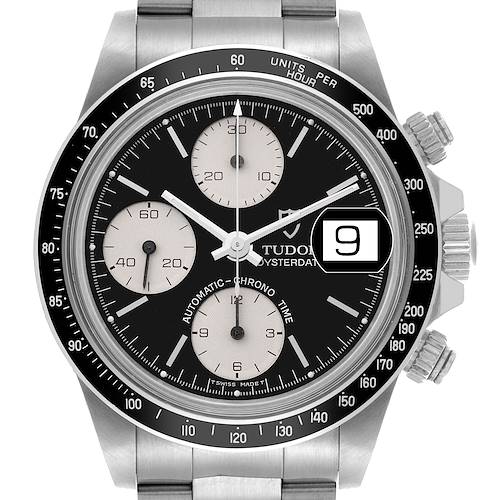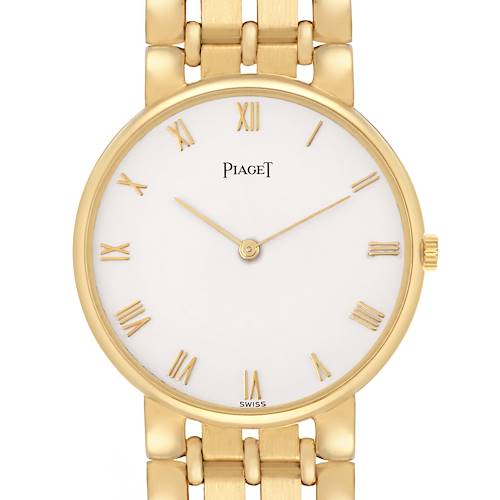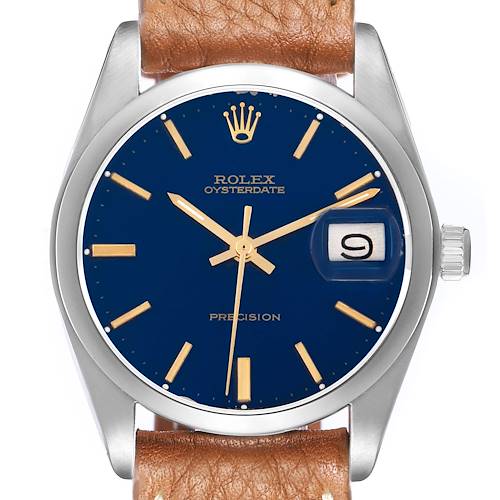- CALL US 404-814-1814
- LIVE SUPPORT
- EMAIL US
-
WISHLIST (0)
-
CART(0)
Vintage Watches
2,640 MATCHES FOUND
- In stock
- Sold
- View all
- 1
- 2
- ...
- 43
- 44
- >
IN STOCK
SwissWatchExpo ARCHIVE - RECENTLY SOLD
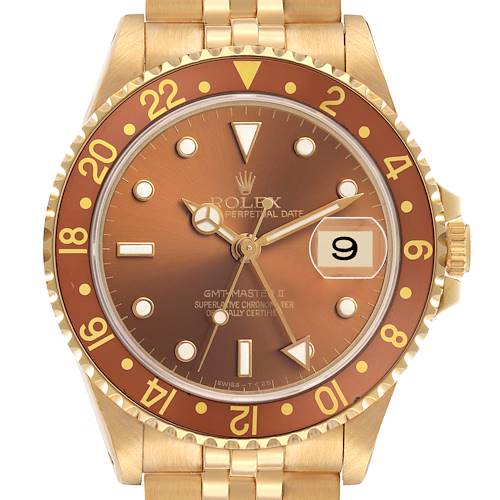
Rolex GMT Master II Rootbeer Yellow Gold Vintage Mens Watch 16718

Rolex Seadweller Steel Vintage Mens Watch 16660 Box Papers
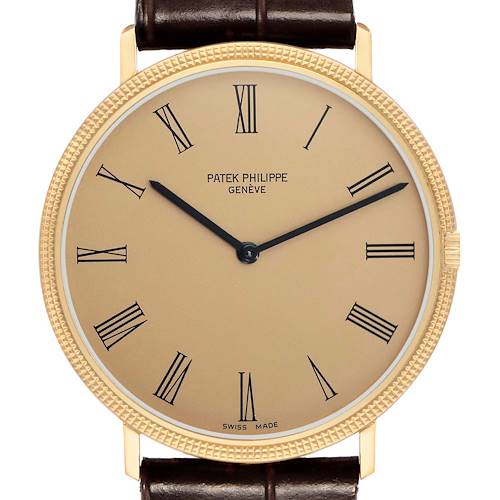
Patek Philippe Calatrava Yellow Gold Automatic Mens Watch 3588 3588J
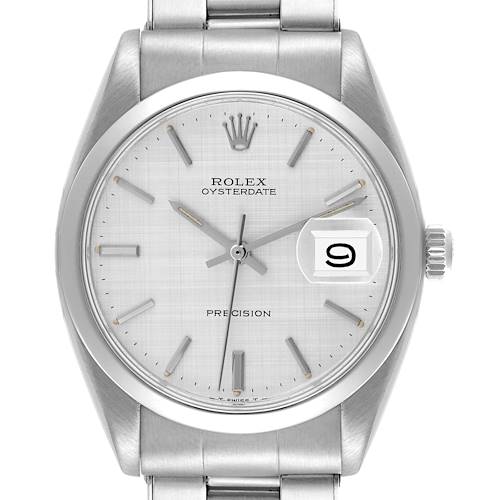
Rolex OysterDate Precision Steel Silver Linen Dial Vintage Mens Watch 6694
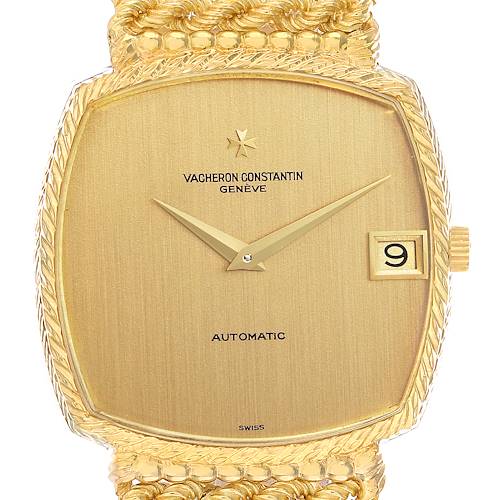
Vacheron Constantin Yellow Gold Champagne Dial Vintage Watch 44005 Papers
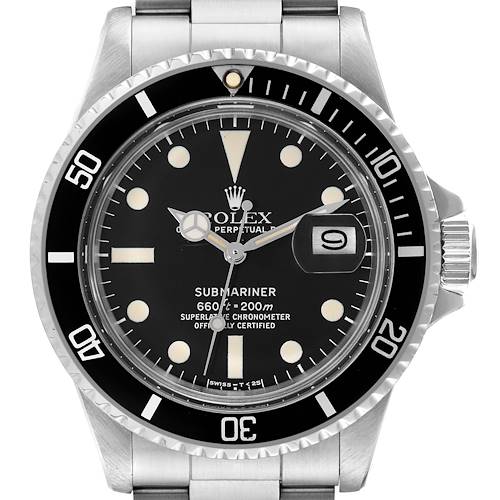
Rolex Submariner Date Steel Black Dial Mens Vintage Watch 1680
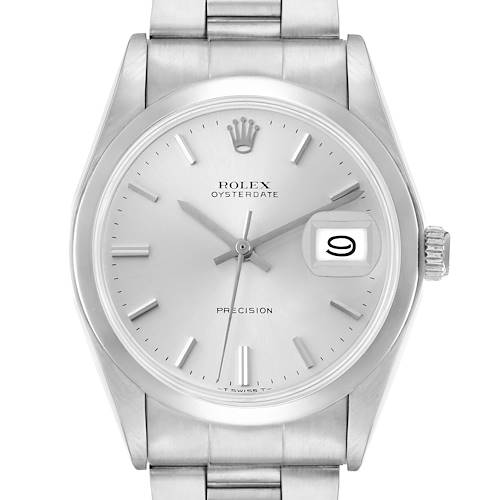
Rolex OysterDate Precision Steel Silver Dial Vintage Mens Watch 6694
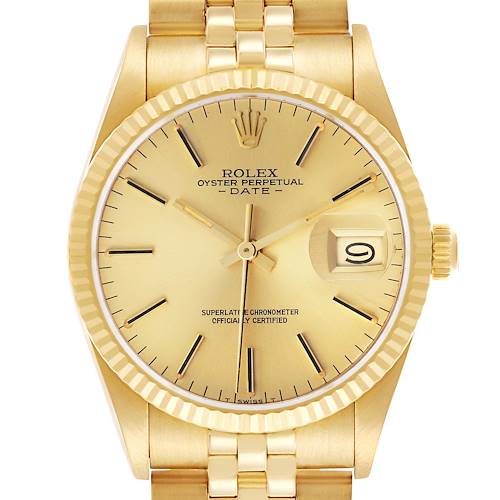
Rolex Date Yellow Gold Champagne Dial Vintage Mens Watch 15037
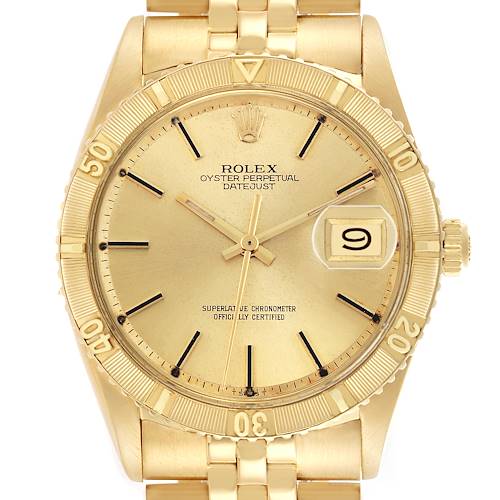
Rolex Datejust Turnograph Yellow Gold Vintage Mens Watch 1625
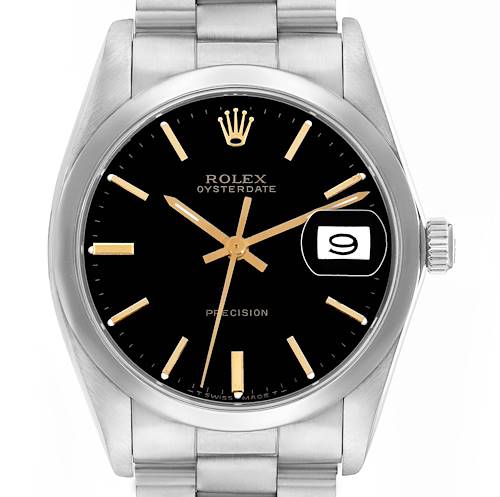
Rolex OysterDate Precision Steel Black Dial Vintage Mens Watch 6694
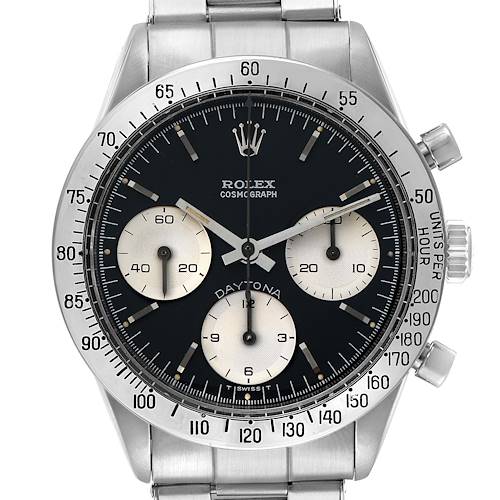
Rolex Daytona Vintage Stainless Steel Black Dial Mens Watch 6239
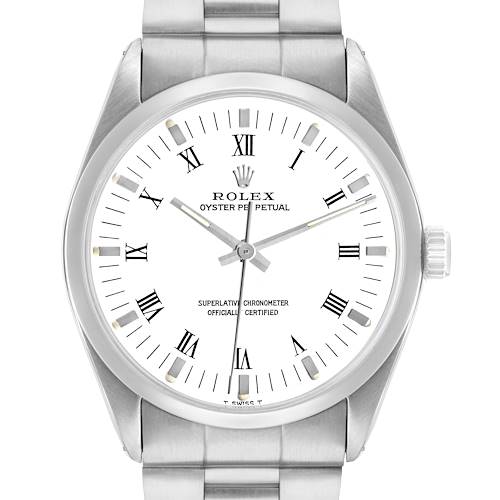
Rolex Oyster Perpetual White Dial Vintage Steel Mens Watch 1002

Patek Philippe Hour Glass Yellow Gold Silver Dial Vintage Mens Watch 2468

Rolex Datejust Engine Turned Bezel Vintage Steel Mens Watch 16030
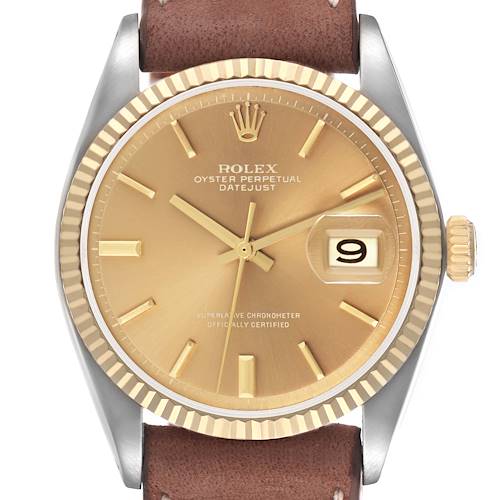
Rolex Datejust Steel Yellow Gold Vintage Automatic Mens Watch 16013
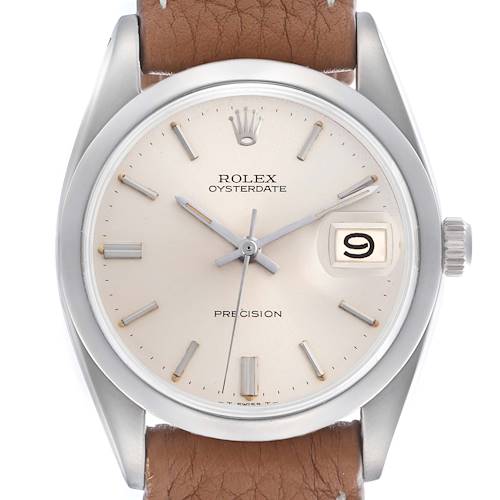
Rolex OysterDate Precision Silver Dial Steel Vintage Mens Watch 6694

Patek Philippe White Gold Textured Dial Vintage Mens Watch 3553 Box Papers

Piaget Dancer Vintage Yellow Gold Black Dial Ladies Watch 9026

Patek Philippe Golden Ellipse Yellow Gold Vintage Watch 4460 4460J

Rolex Air King Precision Silver Dial Vintage Steel Mens Watch 5500

Rolex Datejust Steel White Gold Silver Dial Vintage Mens Watch 16014 Box Papers
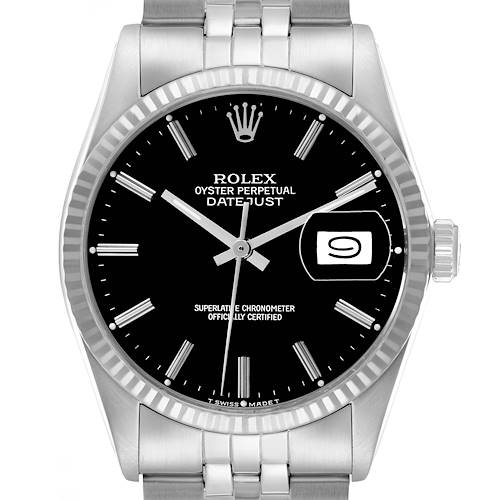
Rolex Datejust Steel White Gold Black Dial Vintage Mens Watch 16014 Papers
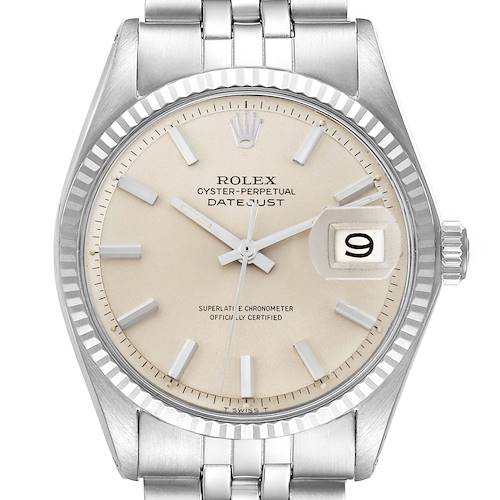
Rolex Datejust Steel White Gold Silver Dial Vintage Mens Watch 1601
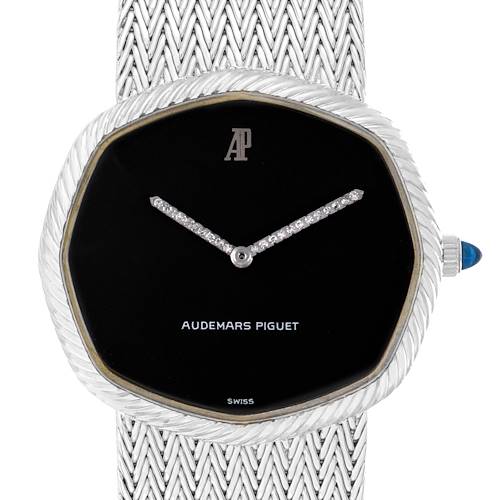
Audemars Piguet White Gold Octagonal Black Dial Vintage Watch
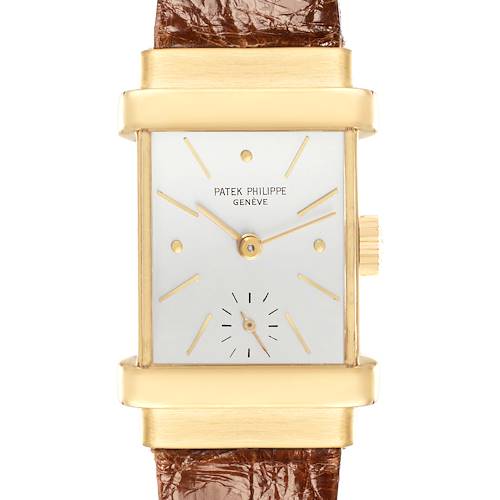
Patek Philippe Top Hat Yellow Gold Silver Dial Vintage Mens Watch 1450 1450J
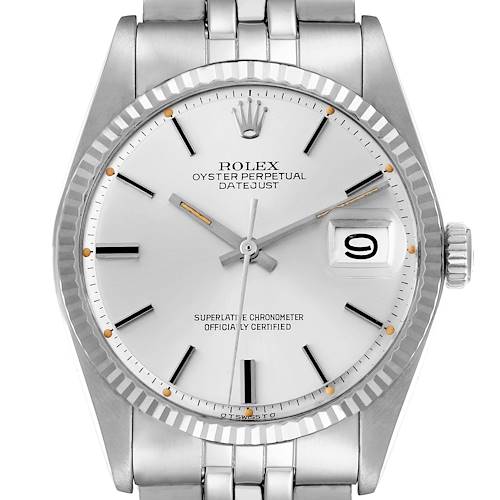
Rolex Datejust Steel White Gold Silver Dial Vintage Mens Watch 1601
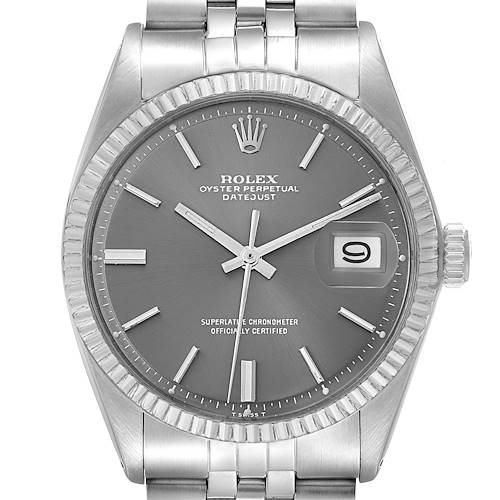
Rolex Datejust Steel White Gold Grey Dial Vintage Mens Watch 1601
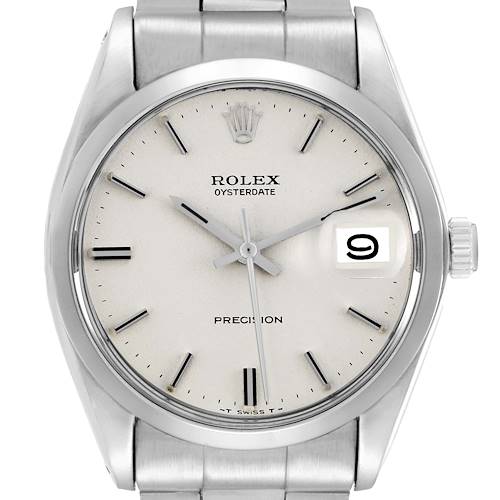
Rolex OysterDate Precision White Dial Vintage Steel Mens Watch 6694
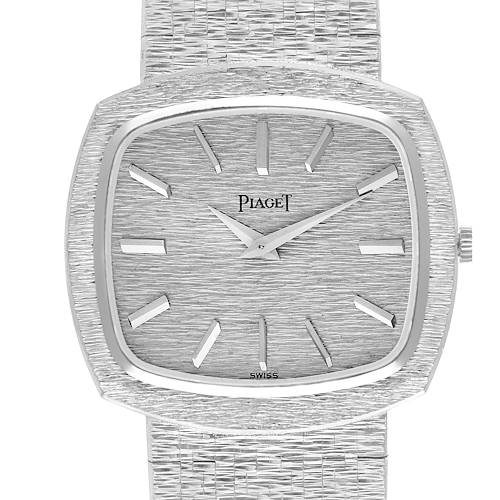
Piaget White Gold Stepped Bezel Vintage 32.5mm Ladies Watch 9431A6

Rolex Datejust Turnograph Yellow Gold Vintage Linen Dial Mens Watch 1625
- In stock
- Sold
- View all
- 1
- 2
- ...
- 43
- 44
- >
Vintage watches serve as a gateway to the rich history of timekeeping, encapsulating the spirit of different epochs through their distinctive designs and innovations. From the sleek, understated forms of the 1950s that reflect post-war optimism to the daring, oversized cases of the 1970s embodying the boldness of that era, these timepieces offer a window into the past. Their allure lies in their rarity and the unique character they bring to any wrist.
While the aesthetic appeal of vintage watches is undeniable, it's their exceptional quality and craftsmanship that truly set them apart. Each watch was crafted with painstaking attention to detail, standing the test of time while retaining its functionality and elegance over the decades. Adding a vintage watch to your collection not only keeps time but also affords you a piece of history, showcasing your reverence for the artistry that has shaped watchmaking for generations.
SwissWatchExpo curates a selection of vintage watches from esteemed brands such as Rolex, Patek Philippe, and Omega, striving to offer timepieces in 'like new' condition wherever possible. We transparently list the condition of each watch in its product details section. Every watch undergoes meticulous inspection and, if necessary, restoration by our expert watchmakers, ensuring that each timepiece exudes elegance and garners respect and admiration when worn.
How to Sell My Vintage Watch
Sell or trade-in your vintage watch for the best price with SwissWatchExpo. SwissWatchExpo makes it easy to sell or trade in your used or pre-owned vintage to keep your luxury watch collection fresh!
Frequently Asked Questions
When is a Watch Considered Vintage?
A watch is considered a vintage model if it is more than 20-25 years old. This is no set rule, however generally vintage watches were made before 1990.


